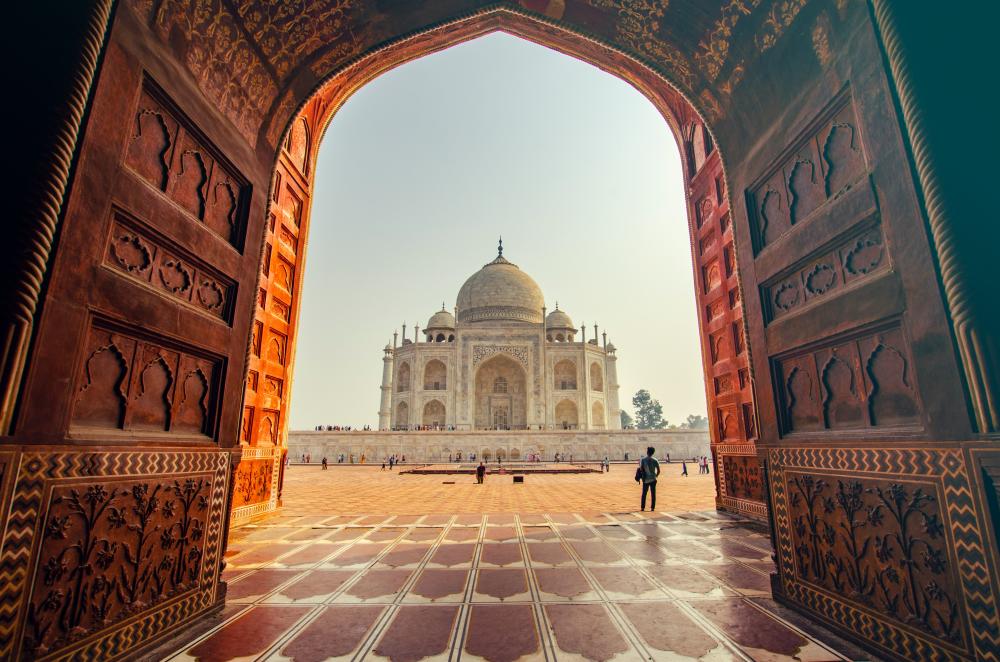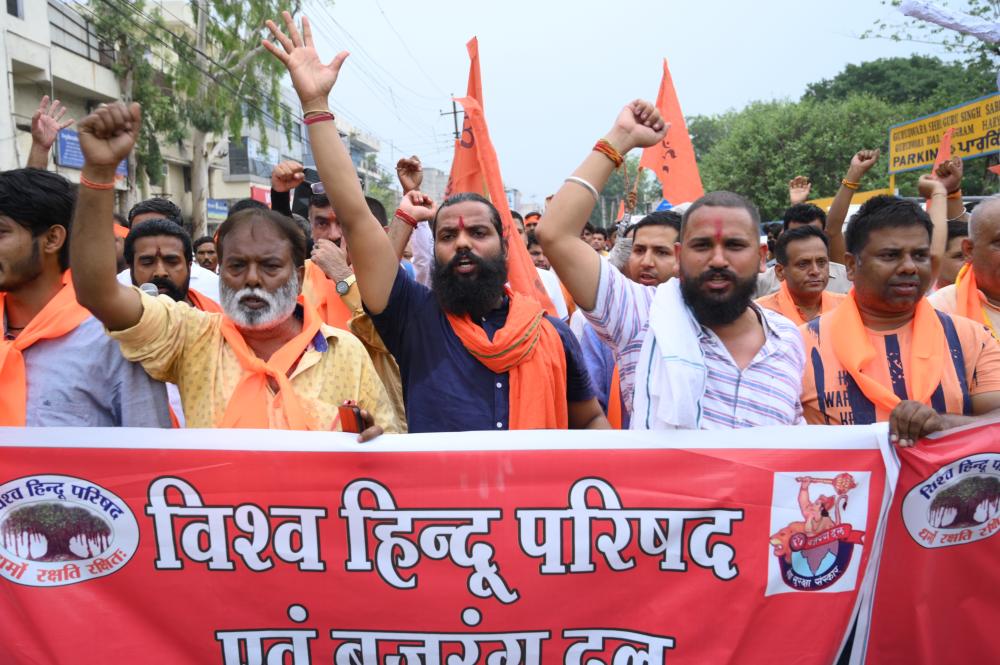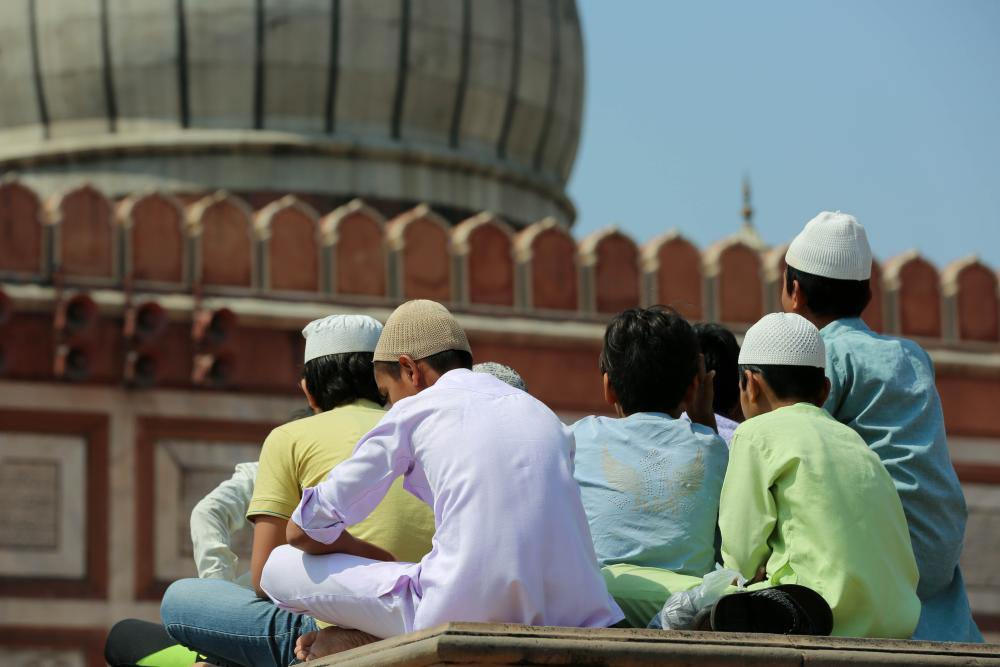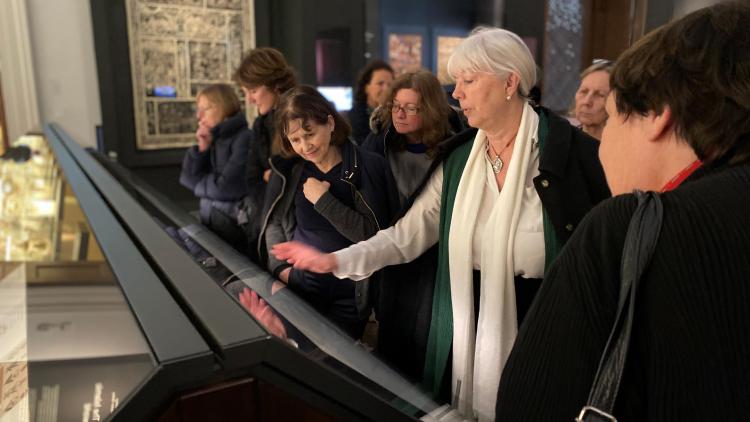The new India history project


There has been a palpable change taking place in India over the past few years where nationalist historiography has taken precedence within the Indian government and amongst many influential folks associated with them, who demand that there should be a push for ‘Indic history’, free from any ‘leftist’ influence. This version of ‘Indic history’ often does not involve any strong academic vigour and research and looks to legitimize itself in a way where it is perceptively a version of pseudo-history, a term defined by Melleuish, Sheiko and Brown (2009) in ‘Pseudo History/Weird History: Nationalism and the Internet’ as something which mimics actual history, without providing any evidence.
Hence, recent myths and subculture beliefs have made a comeback, often with manipulative descriptions, without any actual facts. Over the past few months, for instance, there have been claims that structures such as the Taj Mahal and the Qutub Minar have Hindu origins or were originally temples. The method of writing pseudo-history is not limited to passing it off as mythological retelling but to make it the only absolute truth, often without any conceivable evidence to back it.
In a post-truth world, India has seen several books, claims by politicians and even films like Kesari or Prithviraj, where history is subverted to follow a specific agenda of Hindu nationalism. David Frawley, a favourite among the Hindu Right, in a recent piece corroborated this when he called for a “crucial need to correct the history of India from distorted accounts that have prevailed since the British era.” His piece hints that Indian history needs great churning.
And this churning is what the RSS or the Rashtriya Swayamsevak Sangh has in its vision for history in India.
After the construction of the Ayodhya Ram Mandir was given a go-ahead by the Supreme Court (and it is presumably going to be ready around the time of the 2024 General elections), there has been a surge in demands for more ‘Hindu pasts’. This has prompted a row over the Gyanvapi mosque in Benaras, leading to communal tension in India.
The genesis of this row dates back to 1991, around the time of the Ayodhya Babri Masjid agitation, which culminated in the demolition of the Babri Mosque in 1992. A year earlier, a petition was filed over the Gyanvapi mosque where the demand was that Hindus should get the right to worship at the temple and that Muslims be evicted. While the case remained in slumber for over two decades, the success of the Ayodhya Ram Mandir construction brought it back when a court in UP in 2022 called for a survey of the mosque built by the Mughal emperor Aurangzeb in 1669. The survey team allegedly found a Shivling, a symbolic statue of the Hindu God Shiva. While the Muslim side claimed that the structure was just a fountain at the ablution tank, the incident has led to trouble where now many temples and structures are under the target of the Hindu Right’s attempts to reclaim their perceived past glory and rectify its past injustices.
The Gyanvapi row has encouraged Hindu nationalist groups like the Vishwa Hindu Parishad, another RSS-affiliated organisation, to demand excavation at the Qutub Minar in Delhi after they ‘found’ two Lord Ganesh idols at the site that had always been there as it was along with the historical knowledge that many Hindu and Jain temples were used to build the Quwwat-ul-Islam Mosque next to the 72.5 metres long Minar in the Qutub complex.
Qutub Minar has also often been the victim of other pseudo-history campaigns. A former Archaeological Survey of India official claimed that the Minar was actually ‘Surya Stambh’ or the Sun Pole, or instance, and was built in the 5th century by Hindu kings. This, he also asserted, without any historical basis or evidence.
This history is easier to spread on WhatsApp, where a lot of the claims are without evidence or often only cite a former Ministry of Information and Broadcasting employee Purushottam Nagesh Oak’s many obscure history books; within one of which, he even claimed that the Taj Mahal was a Hindu temple.
Historian and author Rana Safvi explained that it was in the past few years where people from the field of STEM and with poor knowledge of history were fed stories on social media, not based on primary or secondary sources. “Though the ASI itself has given a number of clarifications about the monuments like the Qutub Minar or the Taj Mahal, these have not disseminated to the ground. That, coupled with a sense of (often false), perceived sense of historical wrong is fuelling this controversy,” she said about the surge of falsehood spread on social media.
Along with fake history, there is an underlying theme of the subversion of history and the pushing of a political agenda. Ruchika Sharma, a Doctoral scholar of History at the Centre for Historical Studies at the Jawaharlal Nehru University, Delhi, stated that there is an attempt to derive legitimacy through false history. She points out how there is a push to strengthen the belief in a Hindu and Muslim monument binary. “This exercise of religiously classifying monuments happened before with the British, and there was an agenda of divisive politics with that as well. Something similar is at play here, where monuments such as Qutub, Gyanvapi etc are being used to fan a polarization between the binaries of Hindu and Muslim, which don’t find much currency in Indian history per se.”
Sharma, who runs a YouTube page where she does videos on history under Eyeshadow & Etihaas, added that the BJP’s strategy is to use the controversies around history to justify itself “in the face of rampant unemployment, soaring inflation and heavy economic slump in the country.”
Independent researcher and political columnist Asim Ali believes that the BJP and RSS’s intrusion into history is part of an ideological project that “underlies this reconceptualization of history.” He states that political elites use historical myths to build a shared historical memory which builds a political or a national community. “The Congress elite (both pre-partition of India after) conceptualized the Indian historical experience as one shaped by syncretism and integration of diverse influences.” Ali believes that the BJP’s ideological project is to show the opposite where there is an ongoing battle between Hindus and Muslims.
Ali adds that while some may have arguments about how the mainstream Indian historiography (pre-2014) might have emphasized some aspects of history, “but we have never seen a project quite like this which is outrightly falsifying history.”
This project of falsifying history has taken over popular culture, as is evident in the historical films or ‘period dramas’ like the recent film ‘Samrat Prithviraj’, about the life of the 12th-century king of Ajmer, which used a fictional tale as its source, but presented it the plot as historical fact. The film and its promotional material showed Prithviraj as a ‘Hindu King’, an idea, which Sharma claims, came about in the 19th century from the minds of British surveyor James Todd, who called Prithviraj the Last Hindu King, even when there were many ‘Hindu’ kingdoms in South India and many in North as well.
“This is what precipitated the identity of Prithviraj as a Hindu and was further solidified by pro-Hindutva organisations that find the religious binaries of Hindu and Muslim propagated by the British to be a fact of Indian history,” Sharma pointed out.
This binary, claims Ali, is to “exclude Muslims from Indian nationhood, by emphasizing their separateness/foreignness.” He further added that this action undermines the shared memory of syncretism, “the BJP wants to convey that peaceful coexistence between the communities is not possible – unless the Hindus dominate the Muslims.”
He adds that history provides the BJP, and the wider Hindutva movement, with an unending reservoir of grievance – since Muslims have been almost completely marginalised in present-day India. This grievance and creation of false victimhood and subversion of history are likely to cause problems in a society already reeling from constant communal strife.
About the Author
Ibrar Mohammad is a student of MA South Asian Area Studies. He is a freelance journalist with over six years of experience. He is a South Asian with roots in India and Pakistan.





